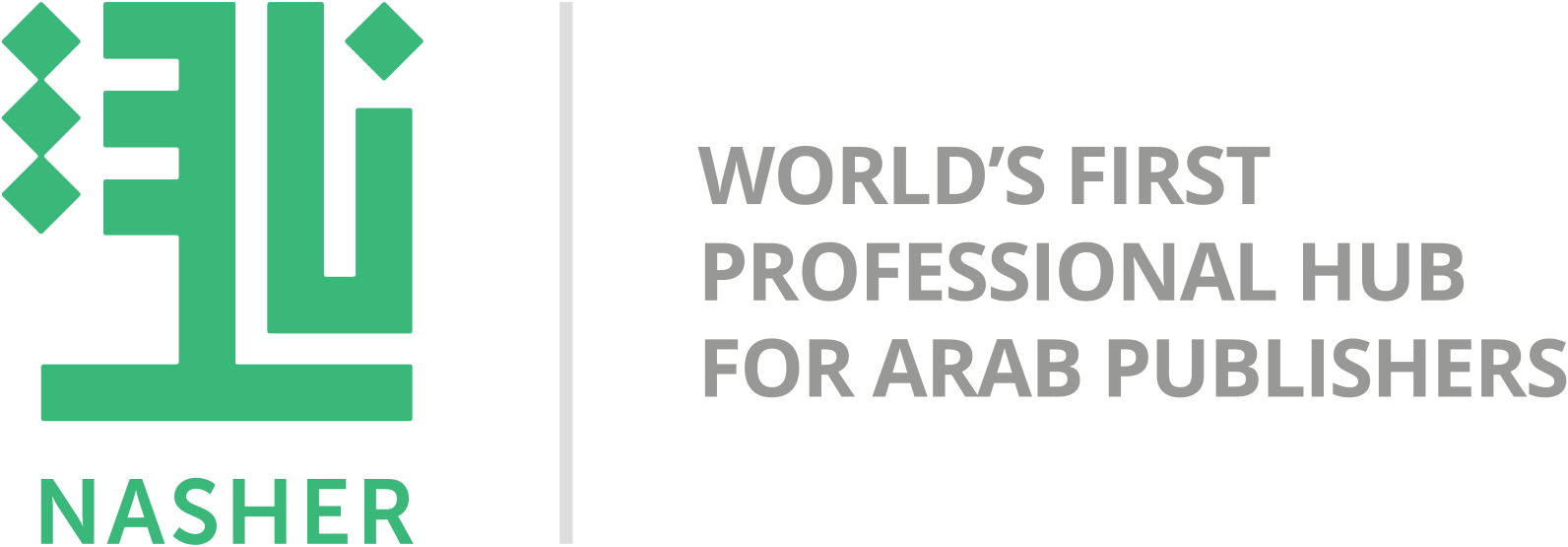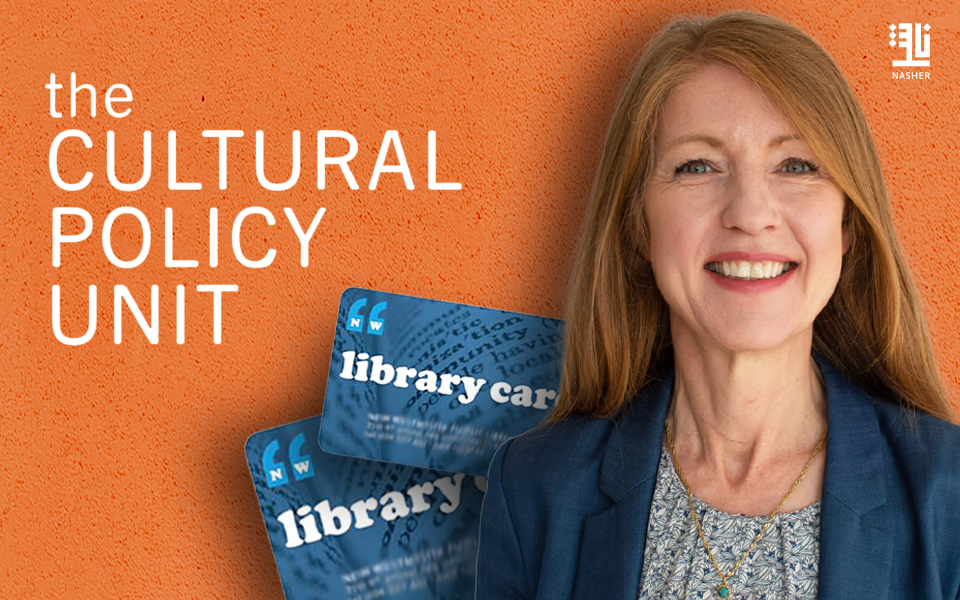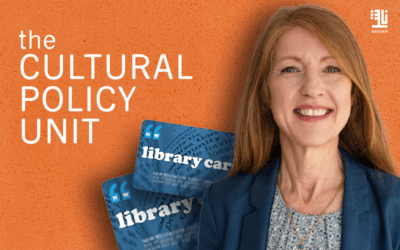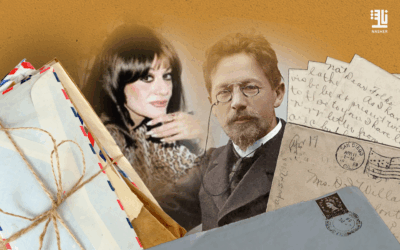According to Pearson’s chief executive, the company plans to profit from secondhand sales by creating non-fungible tokens (NFTs).
Students often sell study resources they no longer need, so educational books are sold more than once. Previously, publishers could not make money from secondhand sales, but digital textbooks have created a new opportunity.
Using a blockchain, NFTs create ownership of items on a decentralised digital register. This technology allows just about anything to be sold and owned, but typically images or videos.
Pearson’s CEO Andy Bird explained his plan to sell digital textbooks as NFTs, which will enable the publisher to track ownership even when books change hands. A Pearson textbook may be sold up to seven times in the analogue world, but the company participates in only one of those sales, he explained, explaining that technology like blockchain and NFT lets it be sold many times over.
Until Bird joined Pearson in 2020, the company struggled with university textbook production costs and students’ preference for buying secondhand textbooks. He is the former chairman of Walt Disney International. He is moving the publisher in a digital direction with this new plan. Students can access 1,500 titles for $14.99 a month through Pearson+, which was launched last year.
This method of selling digital copies of books could become more common if Pearson’s NFTs prove successful. And Bird is already exploring how other new technologies might be used by the company: he has a “whole team” working on “the implications of the metaverse and what that could mean for us”, he said.
Source: Guardian







